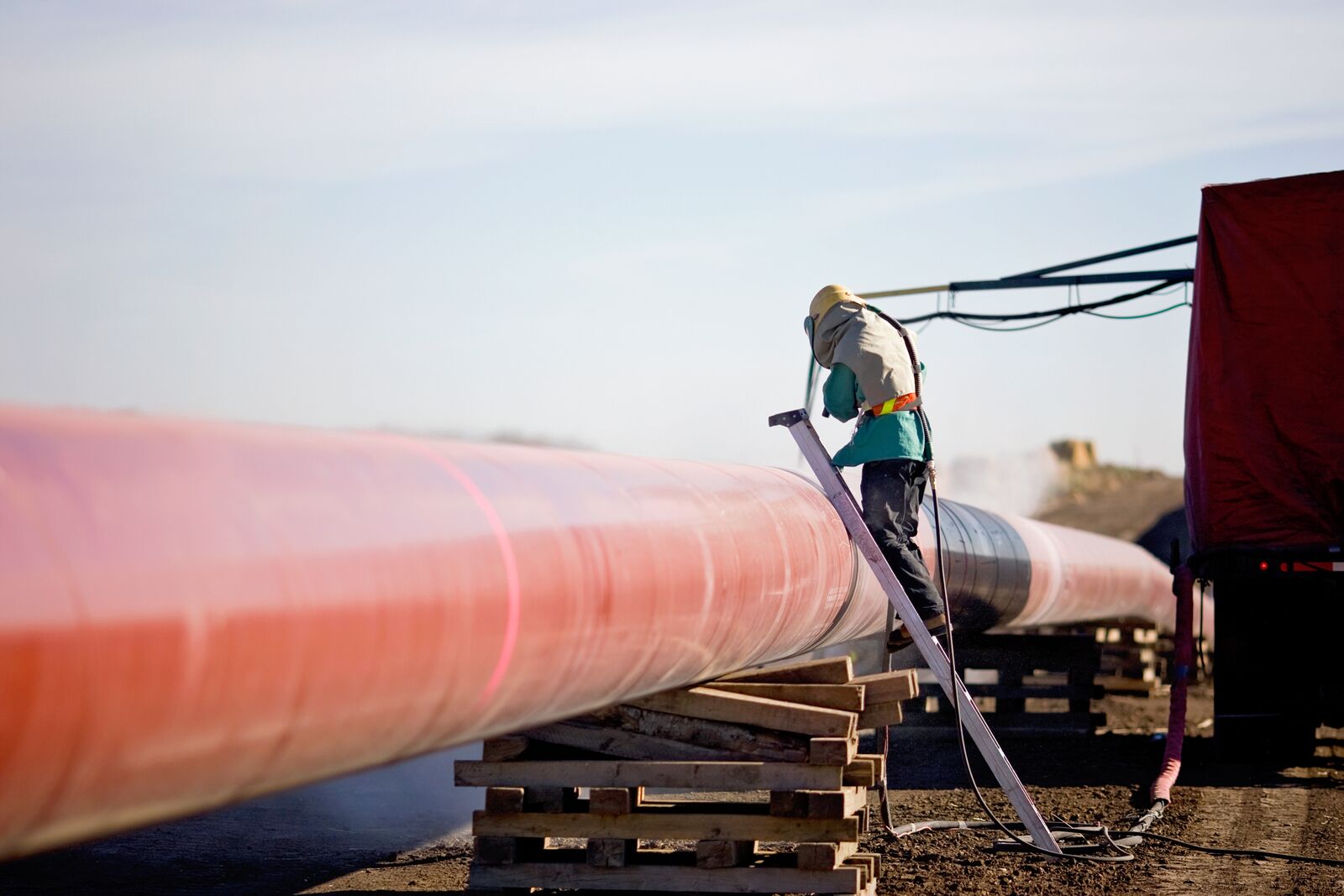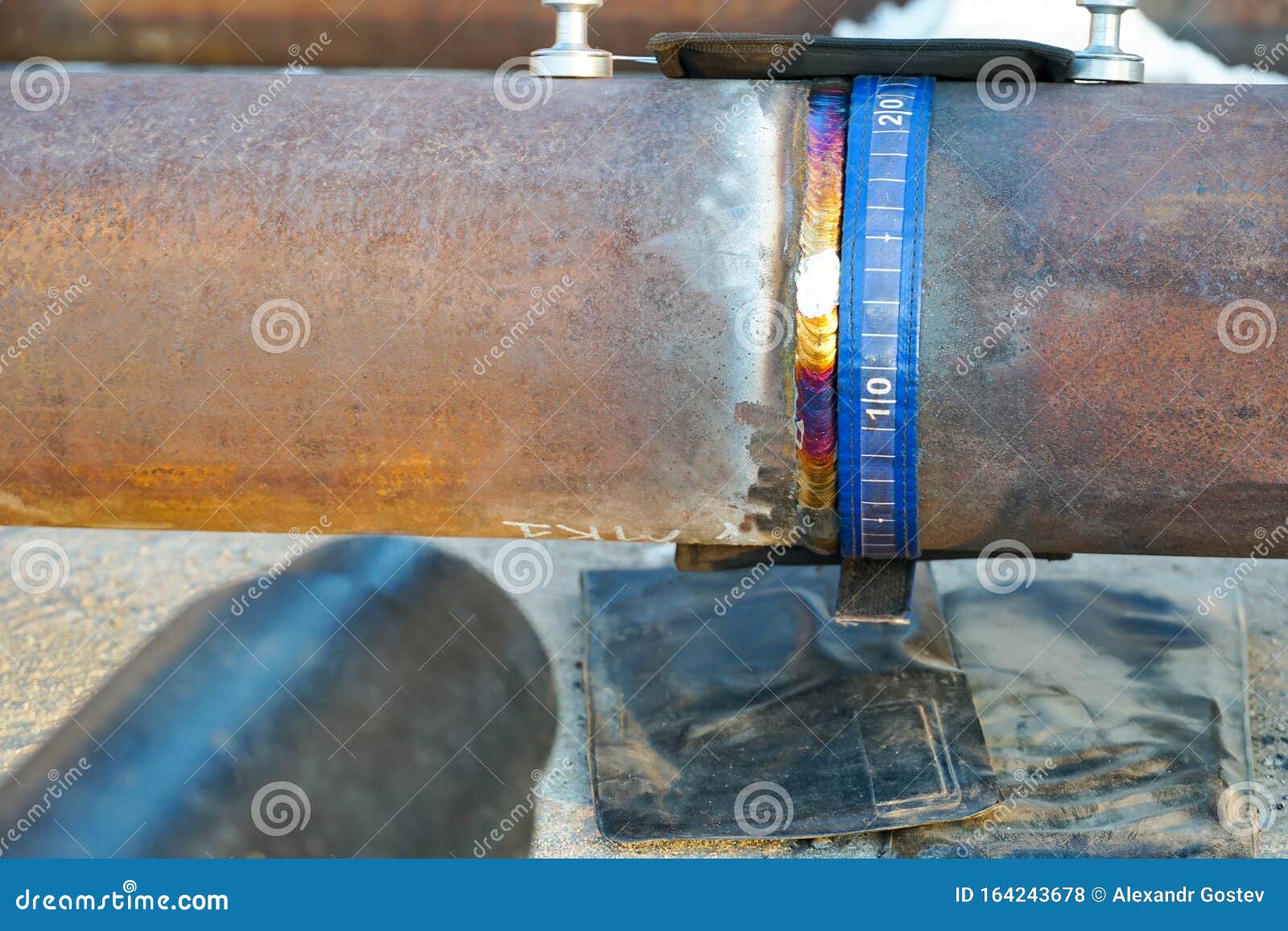Advanced Methods in Pipe Welding Inspection: Innovations and Technologies for Improved Precision and Dependability in Weld Analysis
The landscape of pipe welding examination is undertaking a considerable makeover, driven by sophisticated strategies that guarantee to improve both accuracy and integrity in weld analyses. Developments such as automatic examination systems and advanced imaging innovations are redefining conventional methods, while non-destructive testing approaches make sure product honesty is preserved.

Importance of Weld Assessment
Making sure the integrity of pipe welds is critical to the total safety and security and dependability of industrial systems. Welds work as the architectural backbone of pipes, which move a selection of fluids under differing pressures. Flaws in welding can bring about disastrous failings, resulting in not just considerable financial losses yet additionally prospective environmental catastrophes and dangers to public security. Consequently, strenuous examination of welds is essential to the lifecycle of pipe infrastructure.
The significance of weld evaluation expands past simple compliance with governing criteria. It offers as a proactive procedure to determine and fix flaws, such as incomplete fusion, porosity, or cracks, before they intensify into major problems. Effective inspection methods also add to the long life of pipes, decreasing maintenance prices and boosting functional performance.
Furthermore, thorough weld evaluations foster count on among stakeholders, consisting of regulatory bodies, investors, and the neighborhoods served by these pipes. By making certain that all welds fulfill the required standards, organizations can alleviate dangers and copyright their track records. In recap, weld evaluation is vital not just for operational honesty however additionally for the more comprehensive effects it holds for security and environmental stewardship.
Automated Evaluation Systems
The combination of computerized assessment systems in pipe welding has transformed the strategy to guaranteeing weld quality and stability. These systems employ innovative robotics and expert system to carry out examinations that are not only faster but likewise extra consistent than standard methods. Automated systems can cover considerable lengths of pipes successfully, catching information that human assessors might overlook because of tiredness or environmental conditions.
One of the crucial advantages of computerized assessment systems is their ability to operate in dangerous environments, decreasing the danger to human examiners. They use different non-destructive screening (NDT) strategies, such as ultrasonic testing and magnetic fragment evaluation, to evaluate weld honesty without endangering the structure. The data collected is refined in real-time, permitting for prompt feedback and prompt restorative actions when problems are recognized.
Moreover, automated systems promote the standardization of examination procedures, ensuring that each weld is assessed versus constant criteria. This not just boosts the dependability of results but additionally improves conformity with regulative standards. As sectors proceed to prioritize security and operational effectiveness, the duty of automated evaluation systems in pipe welding will unquestionably expand, paving the means for extra sophisticated quality control methodologies.
Advanced Imaging Technologies
Often used in contemporary pipeline welding assessments, advanced imaging innovations have actually considerably boosted the capability to identify and analyze weld defects. Methods such as electronic radiography, calculated tomography, and thermographic imaging offer inspectors with high-resolution pictures that expose sub-surface defects and structural variances that may be unseen to the nude eye.
This leads to faster assessments and boosted accuracy in recognizing important issues. Calculated tomography, on the other hand, read this post here supplies three-dimensional imaging, enabling assessors to visualize complicated geometries and examine the honesty of welds from see this site multiple angles.
Thermographic imaging employs infrared technology to discover variants in temperature level, identifying locations of possible weakness or stress and anxiety within the weld. These innovative imaging modern technologies not just enhance problem detection rates yet additionally reduce the moment and resources required for pipe assessments. Therefore, they play an important function in preserving pipeline security and reliability, guaranteeing conformity with market criteria while decreasing functional threats.
Non-Destructive Examining Approaches
Utilizing numerous methods, non-destructive testing (NDT) approaches are vital in pipe welding evaluations, enabling the analysis of weld stability without jeopardizing the material's structural integrity. NDT encompasses a variety of methods, including ultrasonic testing (UT), radiographic screening (RT), magnetic bit testing (MT), and color penetrant testing (PT) Each method has unique advantages and applications depending upon the certain requirements of the evaluation.
Ultrasonic screening makes use of high-frequency sound waves to detect inner flaws, offering accurate measurements of weld density and honesty. Pipeline Welding Inspection. Radiographic screening employs X-rays or gamma rays to generate images of the weld, disclosing inner defects that may not show up on the surface. Magnetic particle testing is efficient for detecting surface area and near-surface interruptions in ferromagnetic products, while color penetrant screening highlights surface area splits by using a tinted color
Including these NDT techniques into pipe welding inspections enhances the accuracy and dependability of weld assessments, making sure that prospective failures are identified early. As industries require greater criteria for safety and efficiency, the role of NDT in keeping the honesty of welded frameworks continues to be crucial in pipe building and construction and maintenance.

Future Fads in Weld Assessment
As we look to the future of weld analysis, improvements in technology are positioned to reinvent the methods employed for reviewing pipeline integrity. The assimilation of expert system (AI) and artificial intelligence in inspection procedures is anticipated to improve the precision of imperfection detection and anticipating maintenance. These modern technologies enable real-time information evaluation, making it possible for inspectors to determine possible issues before they escalate into significant problems.
In addition, the usage of drones outfitted with innovative imaging systems is gaining grip. These airborne evaluations can cover substantial locations promptly, recording high-resolution photos and information that can be examined for issues in hard-to-reach places. This not just boosts safety and security yet likewise enhances effectiveness in the evaluation procedure.
In addition, the advancement of smart sensing moved here units embedded in pipeline systems provides the potential for continuous surveillance. These sensing units can spot adjustments in pressure, temperature level, and resonances, supplying useful understandings right into the wellness of the welds over time.

Conclusion
Finally, the assimilation of advanced strategies in pipeline welding examination dramatically improves the precision and integrity of weld analyses. Advancements such as automatic inspection systems, progressed imaging technologies, and non-destructive screening methods play a vital role in enhancing defect detection rates and promoting aggressive upkeep methods. As these modern technologies remain to advance, they will additionally ensure the safety and security and efficiency of pipeline systems, eventually adding to the stability of important infrastructure.
